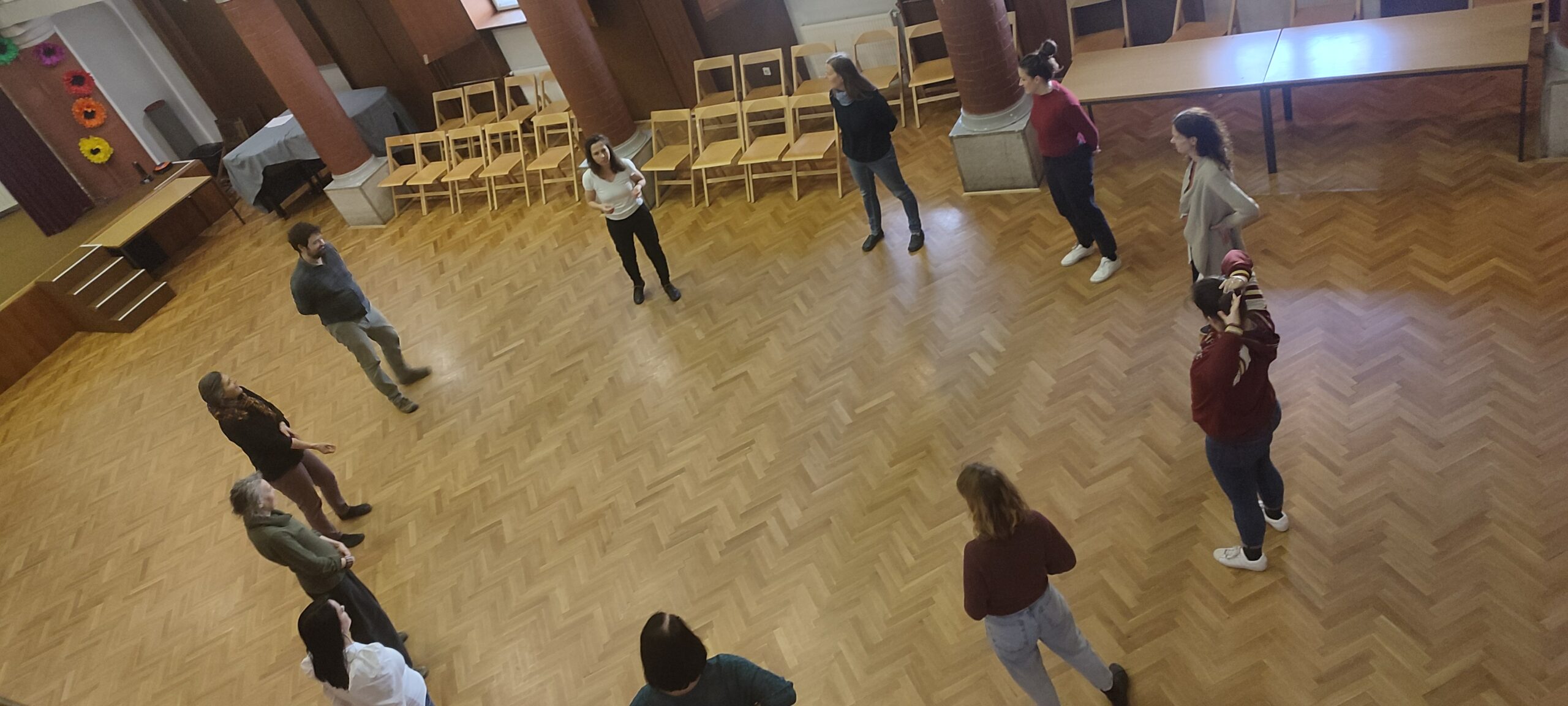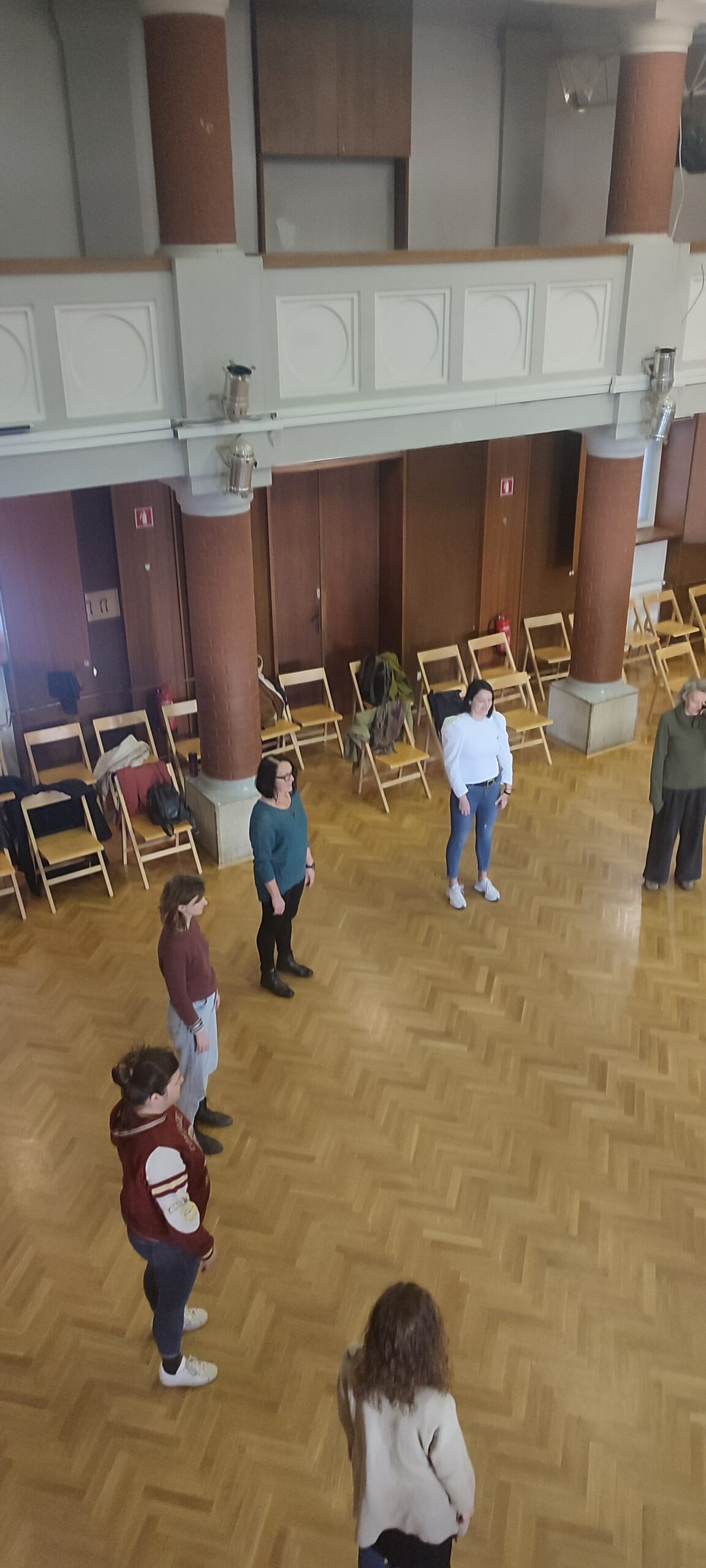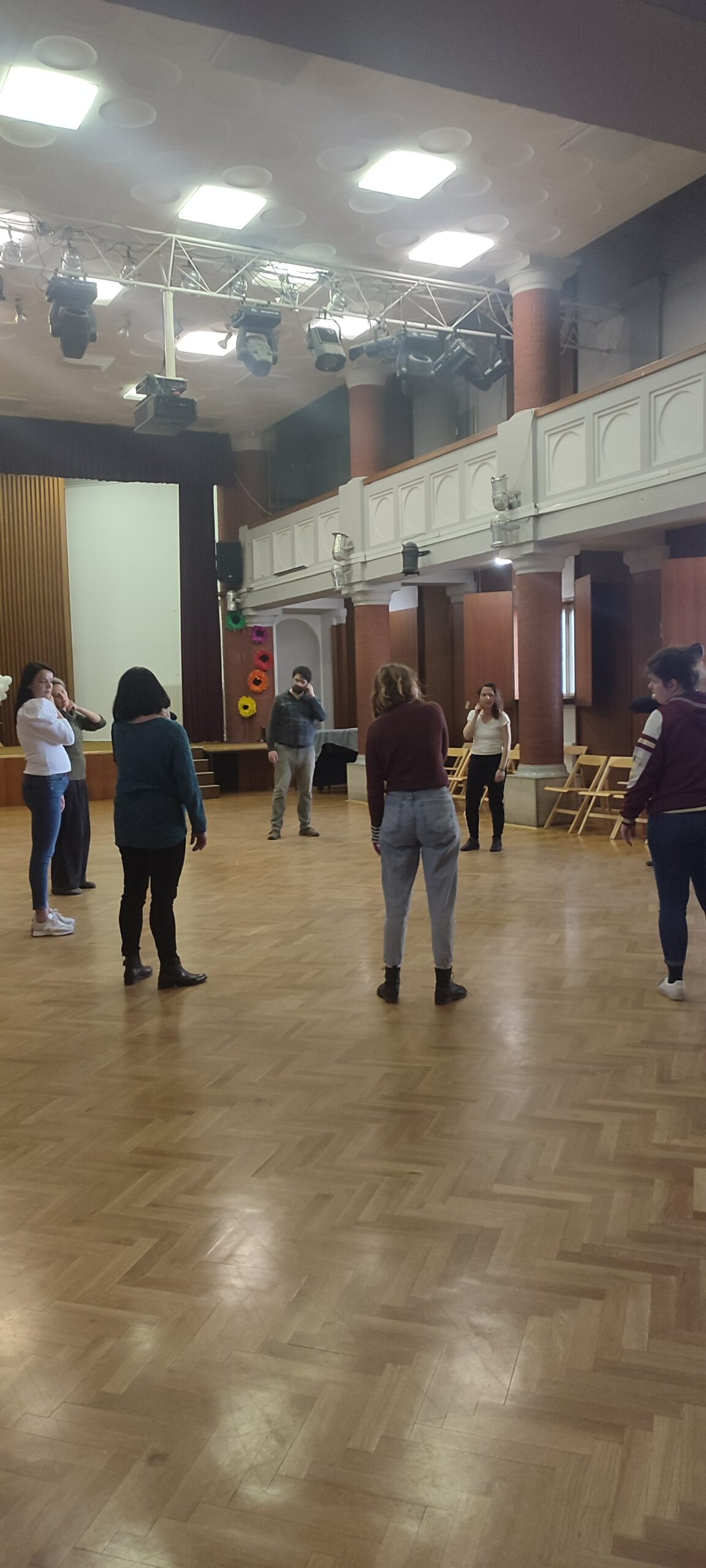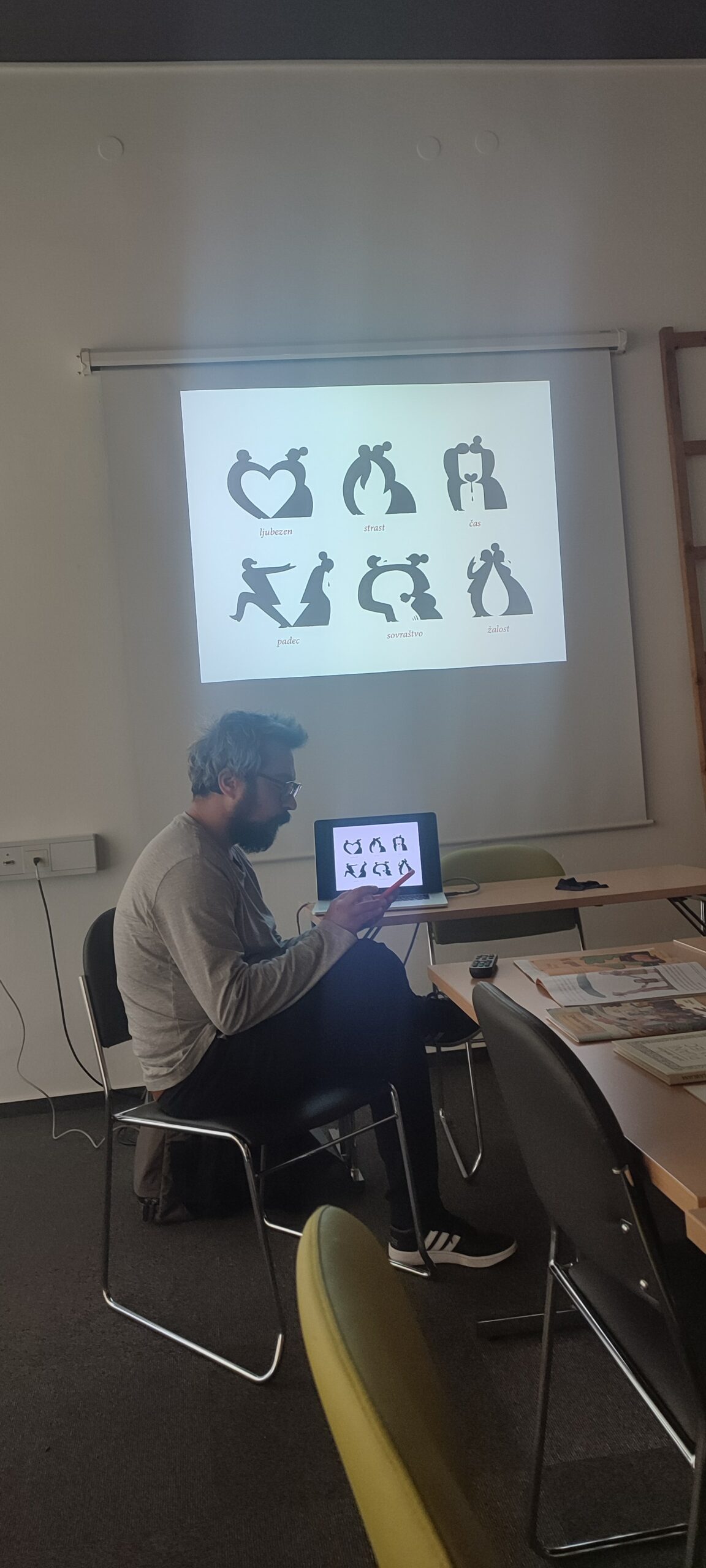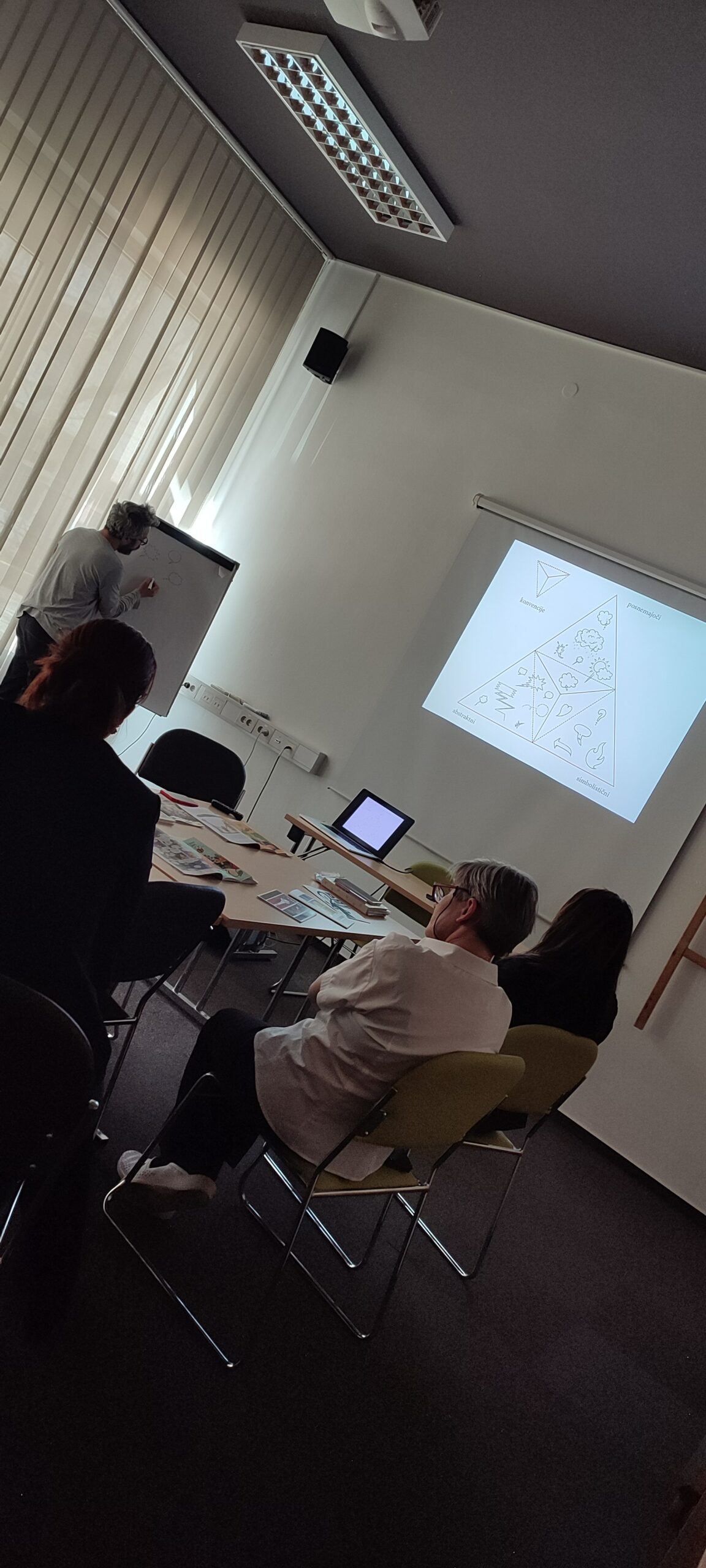Inclusion of Art in business and companies
This project was implemented by Društvo Asocaicija in Slovenia. Local partners: Ravnikar Gallery Space, Radio Študent, Lokal Patriot, Zavod Sploh, City of Women, Nomad Dance Academy, Forum Ljubljana, Glej Theatre, Emanat. Supported by: Ministry of Public Administration
Context
One of the focus areas of Društvo Asociacija was to connect art and business. Earlier on, they started a project Certifikat Kulturno podjetje (Eng. Culture Friendly Enterprises) which ended in January 2022. Within that project they were trying to develop a certificate system (similar to some other certificates, for example Fairtrade certificate) where they were stimulating the inclusion of art into businesses.
The project looked into different ways culture could be included into companies benefiting both parties, i.e., the arts and business sector. They mapped and worked on different possible models of including art into businesses and a part of it was also aimed at the well-being of the employees.
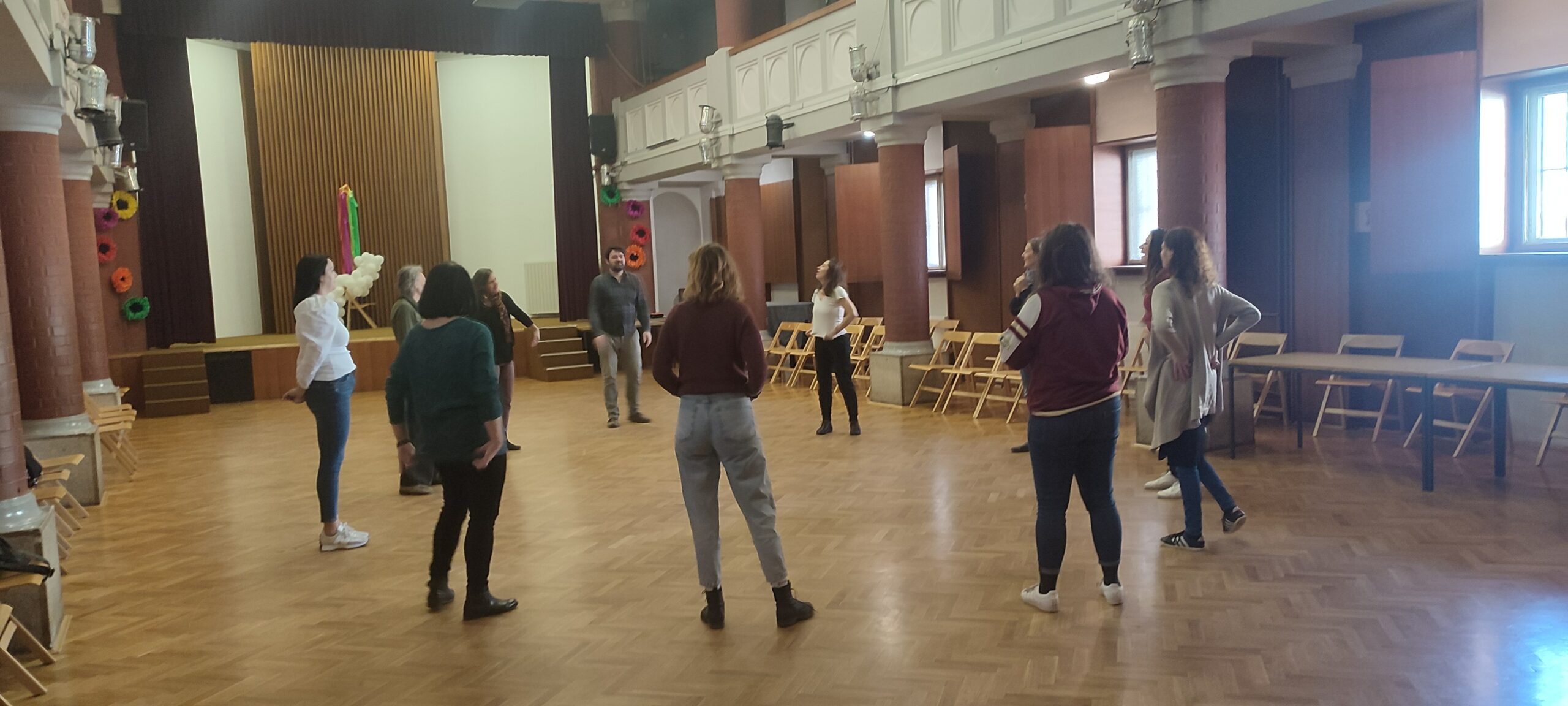
Intervention
The purpose of the project has been to alleviate symptoms of stress, anxiety, and depression, physical pain, and conflicts in the workplace.
The project aimed to strengthen the health and well-being of workers, reducing absenteeism, the need for medicalization, increasing motivation, well-being, mental health, confidence, understanding of self and others, and capacity for self-reflection.
One of the goals of the project was to create guidelines for decision-makers on how to broaden the scope of such cooperation and further develop the field, with the ultimate goal of better understanding the potential of connecting art and business through a specific correlation to well-being in the workplace.
Objectives
- Promote the inclusion of art in businesses and companies in order to improve the well-being of employees in their working age, early adulthood and midlife
- reduce stress, anxiety, depression symptoms, physical pain, and improve conflict resolution, while increasing motivation, well-being, mental health, confidence, understanding of self and others, and developing a capacity for self-reflection among employees
- test three models of including art in companies to increase the well-being of employees and gather data that will answer questions such as whether companies find such inclusion of art beneficial
- collect evidence on the potential of art to contribute to the well-being of employees based on proposed experimental models of including art into businesses
- create guidelines for further studies and decision makers on how to broaden the scope of cooperation between art and business, and further develop the field
- strengthen the sustainability of an independent certificate system for including arts into businesses
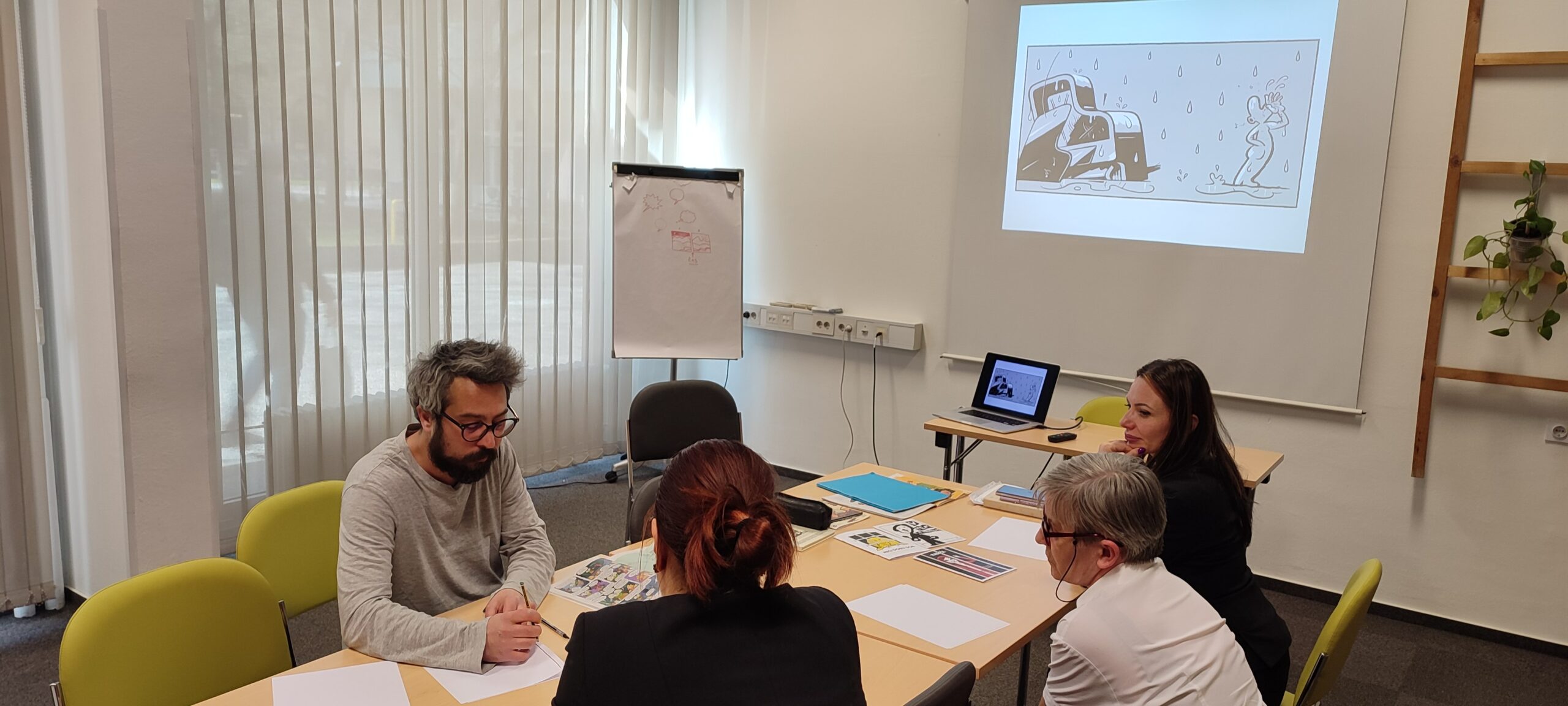
Format
The pilot project involved 23 employees from three different companies who took part in a three-part program of diverse cultural activities, including art installations and interventions in the workplace, contemporary dance workshops, and creative collaborative residencies.
The project was involving complex preparation, including a detailed design of the intervention and evaluation protocol, consultation on the project design with public health experts, artists, psychologists, HR department heads, and employees, as well as conversations and cooperation meetings with local stakeholders such as representatives of general physicians, private and public health institutions, manager associations, labor unions, and cultural organizations.
By applying three models of incorporating art into business, they evaluated the potential of art contributing to the well-being of employees. These models included both installing art in the workplace to promote general well-being, testing how a modern dance class was benefiting employees, and testing if addressing creativity in the workplace would increase well-being of the employees.
Impact
While the analysis of the pre and post surveys is still undergoing, we can report of some initial findings. One of the most revealing results from the pre-survey is that there is a large share of participating individuals that never attend theater (39% of respondents) or museum and galleries (22%) or actively participate in activities such as dance (39%). We can conclude that respondents who are more frequent visitors of art events have scored their overall life satisfaction higher. Almost half of the participants (47%) have no prior experience with participation in any kind of creative activities. When asked about their expectation of the upcoming activities none of them mentioned impact on health, despite the fact that they reported moderate level of back pain, lack of sleep and fatigue. The most commonly expressed expectations are getting to know the colleagues better, spending some fun time with coworkers and entertainment.
Based on the immediate verbal feedback after the activities and feedback to the mentors the responses to the activities varied from large enthusiasm in two of the included companies to divided opinions in one collective, which resulted in drop-out of the individuals in the activities. There was one major difference between the organizations. While the first two explained to the employees in detail what the activities will be and team members decided individually whether to participate or not, the employees of the third company had little or no awareness of why the activities were organized and what is their aim. The activities overlapped with many sick leaves and operational issues relating to lack of staff for daily operations, which might have impacted their ability to participate. The collection analysis of their post survey is still undergoing.
Employees of the first two companies clearly expressed hunger for more such content, as they found them beneficial for their physical and mental well being and relations in the team.
Read about similar initiatives: http://certifikat.asociacija.si/
Despite several promoters of health and well being at the workplace, including the National Health Institute’s MIRA program, we have not been able to find a single one that uses art as a tool and method of providing preventive measures or intervention at workplace.
The pilot project was carried out by Društvo Asociacija in collaboration with:
- Msc. Urška Jež, researcher
- Tina Benko, dancer, contemporary dance choreographer
- Irena Tomažin, dancer, choreographer, performer, vocalist, singer and improviser
- Dejan Srhoj, independent performer working in contemporary dance
- David Krančan, comic artist and illustrator
- Tomaž Grom, double bass player, musician, sound improviser

